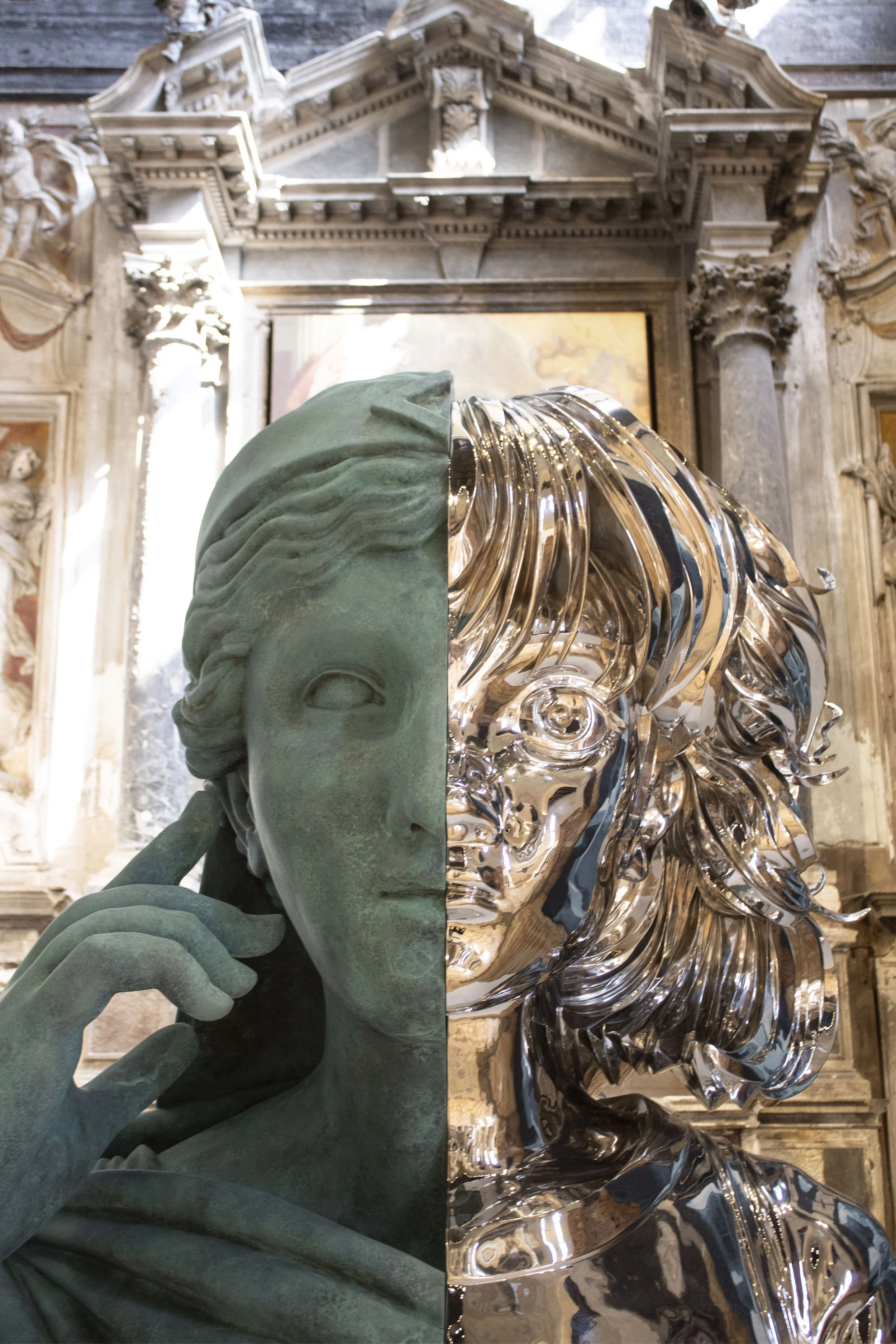
Daniel Arsham: Venice 3024
Exhibiting at Fondamenta Santa Caterina, Venice during the city’s Biennale Arte, Daniel Arsham transports viewers from the past and present into the future, transforming artefacts and images that hold significant influence to comment on and memorialize the permanence of collective cultural memory.
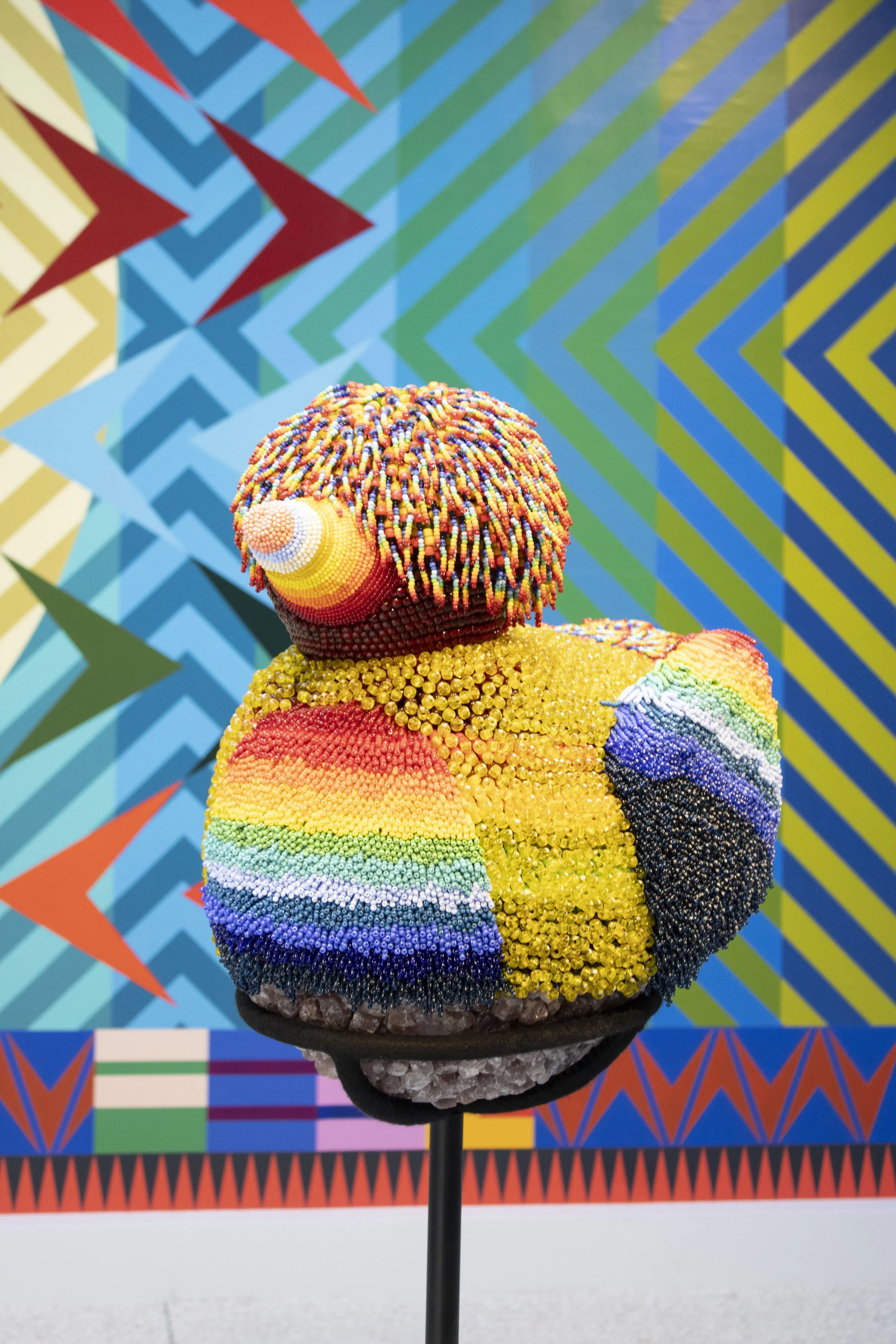
Biennale Arte 2024 - United States of America
With newly produced multimedia sculptures, mixed-media paintings, site-specific murals, a multichannel video installation, and an extensive exterior installation, the space in which to place me transforms the U.S. Pavilion into an embodiment of Gibson’s radically inclusive vision for the future: a space in which Indigenous art and a broad spectrum of cultural expressions and identities are central to the American experience.

Biennale Arte 2022 - Hungary ‘After Dreams: I Dare to Defy the Damage’
Zsófia Keresztes’ exhibition deals with the stages in one’s search for identity. This concept reaches back to Arthur Schopenhauer’s porcupine dilemma but, moving on from this, it takes as its associative starting point an episode from Antal Szerb’s 1937 novel Journey by Moonlight, used by the artist as a poetic analogy.
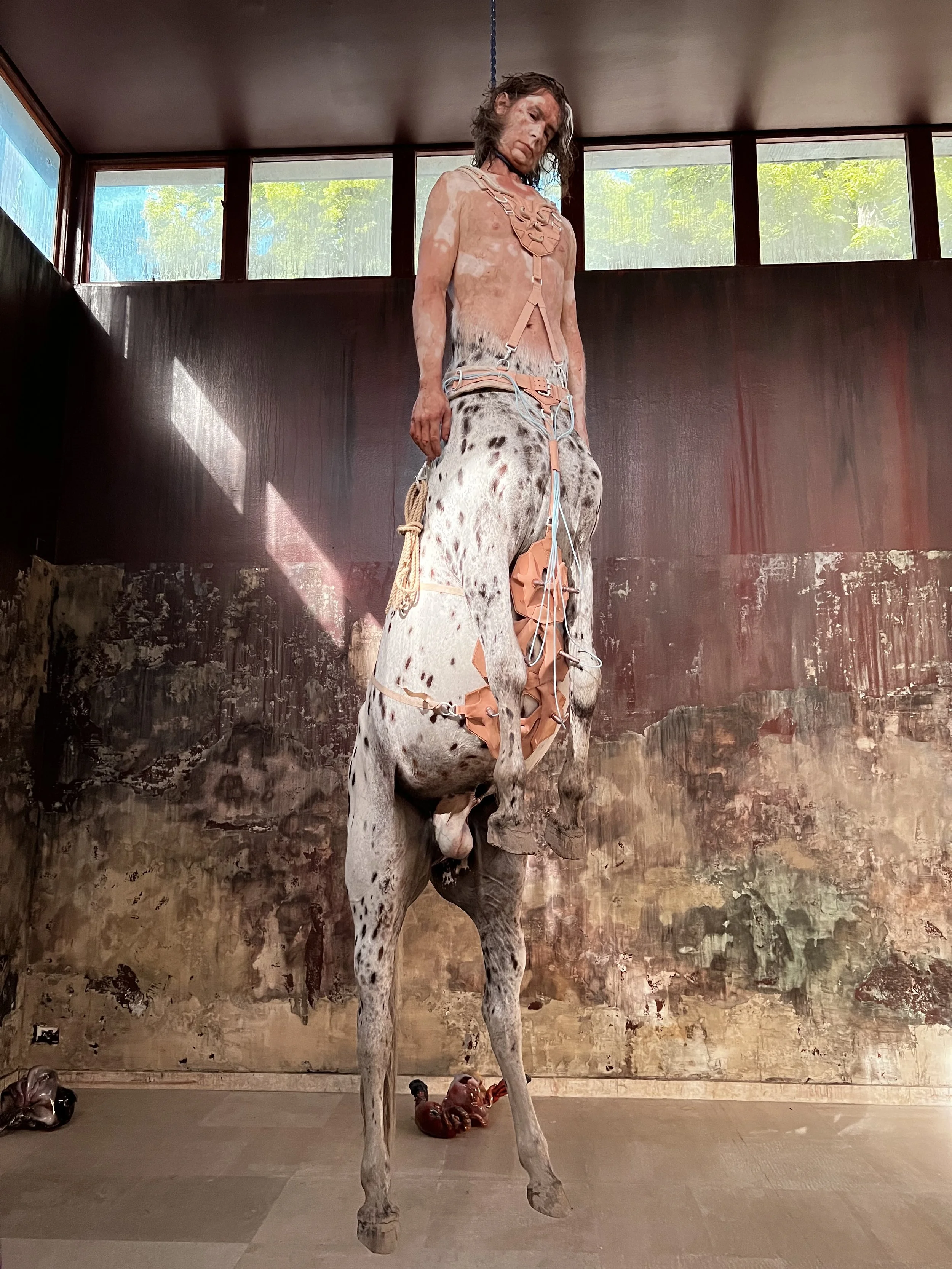
Biennale Arte 2022 - Denmark ‘We Walked the Earth’
Step into a hyperrealistic world of unexpected drama. Set in a strange hybrid time period where elements from the historical past of Danish farm life blend with unfamiliar phenomena from the sci-fi future of a trans-human world, the drama revolves around a family of three.
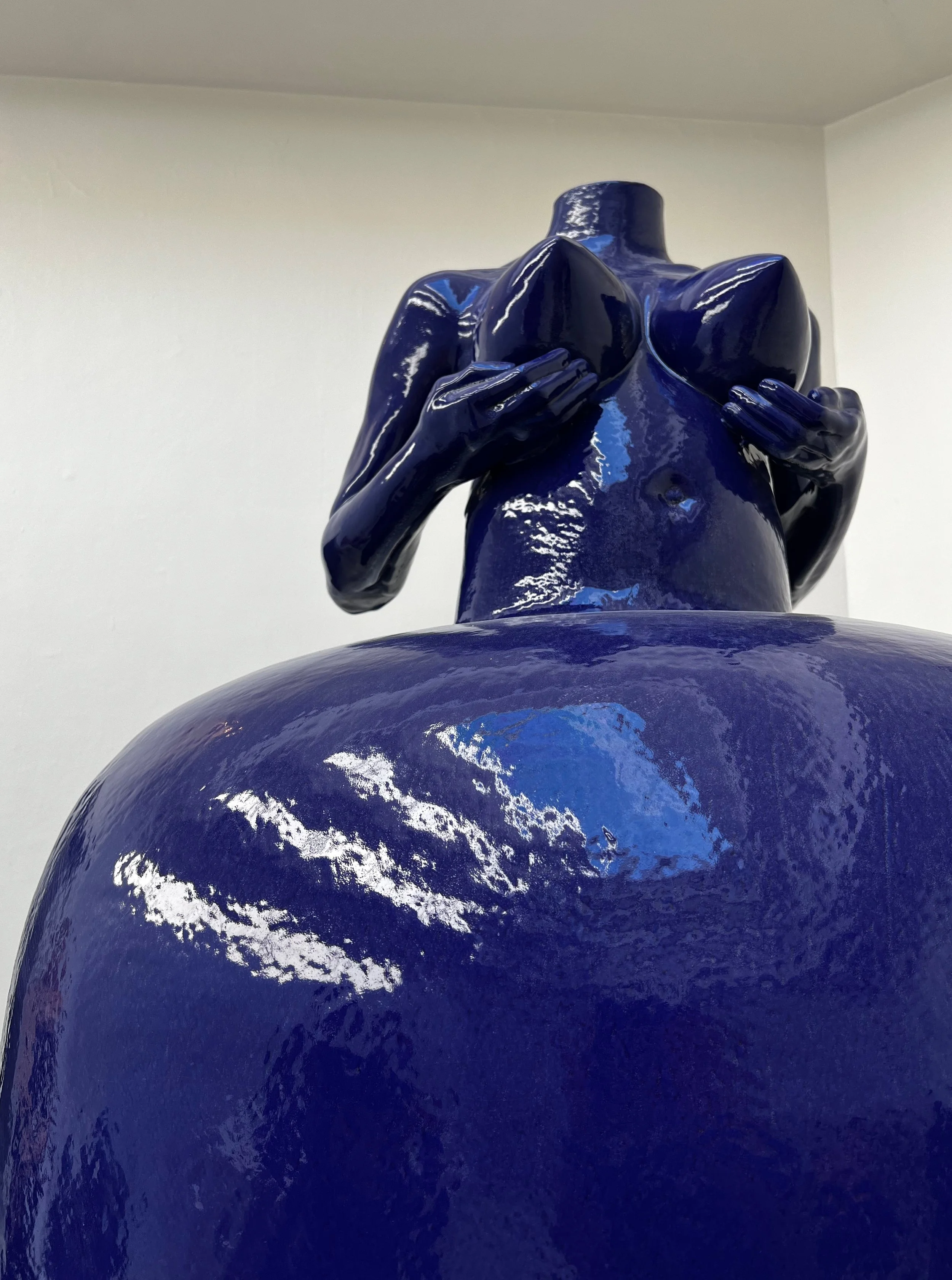
Biennale Arte 2022 - United States of America ‘Simone Leigh: Sovereignty’
Characterised by an interest in performativity and affect, Simone Leigh’s expansive body of work in sculpture, video, and performance parses the construction of Black femme subjectivity.
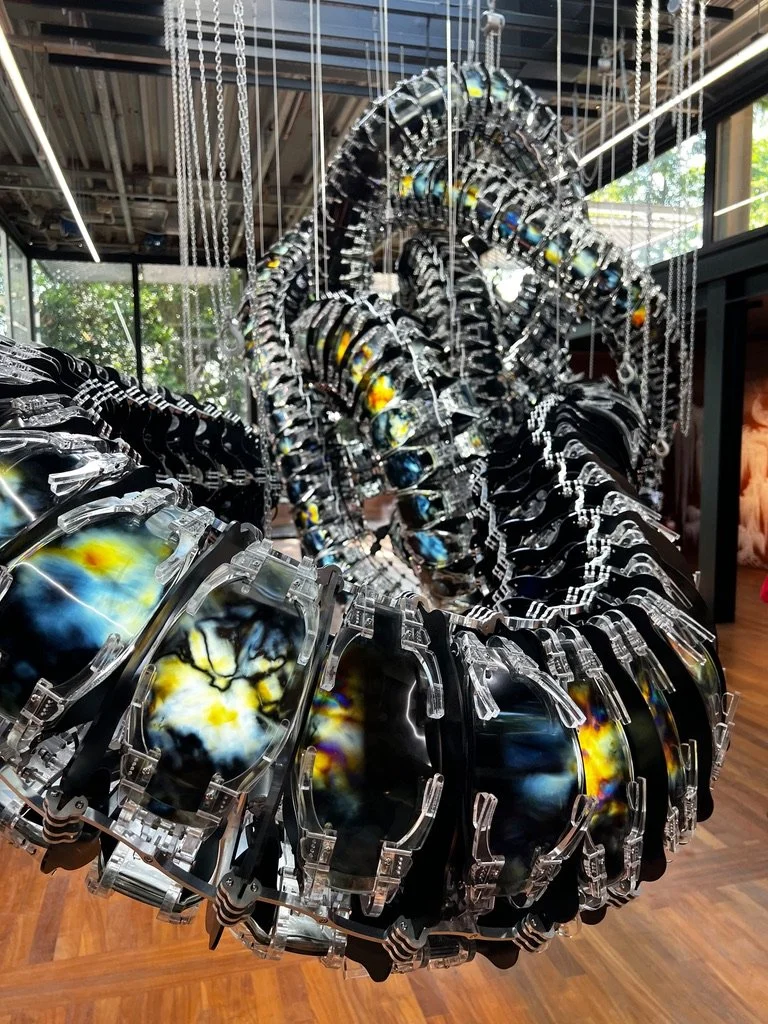
Biennale Arte 2022 - Republic of Korea ‘Gyre’
The exhibition Gyre explores the world as a labyrinth, where there are both motion in stillness and stillness in motion, embracing nonhuman objects and material reality.

Biennale Arte 2022 - Malta ‘Diplomazija Astuta’
Diplomazija Astuta – including artists Arcangelo Sassolino, Giuseppe Schembri Bonaci, and Brian Schembri – reimagines Caravaggio’s seminal Maltese altarpiece The Beheading of Saint John the Baptist as a kinetic, sculptural installation.
